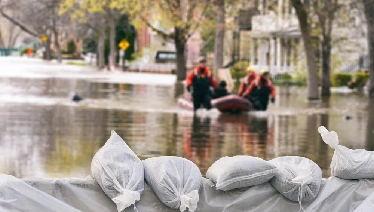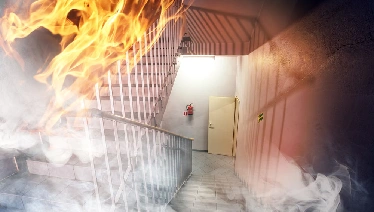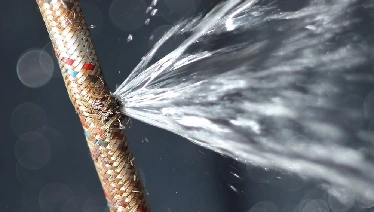Safe and fast fire and smoke damage restoration is a critical process to minimize the structural and health risks associated with fire incidents. Several essential steps must be taken to ensure an efficient and secure restoration process.
Firstly, the immediate safety of all individuals involved should be the top priority. Evacuating the affected area and ensuring that no one is at risk of injury or exposure to harmful substances is crucial. Once safety is assured, contacting the appropriate authorities, such as the fire department and insurance company, is necessary to document the incident and initiate the claims process.
After the initial assessment and approval from authorities, the next step is to secure the property. This includes boarding up damaged windows and doors to prevent unauthorized access and further damage. Additionally, shutting off utilities like gas, electricity, and water is essential to reduce the risk of additional hazards.
Once the property is secured, a thorough assessment of the fire and smoke damage should be conducted. This involves identifying areas that require cleaning, repair, or replacement. It's vital to take stock of damaged belongings and possessions, as they may be salvageable with proper restoration techniques.
Cleaning and removal of debris, ash, and soot come next. Professionals equipped with appropriate safety gear and cleaning materials should handle this task. Smoke odors can be pervasive and harmful, so specialized equipment like air purifiers and ozone generators may be employed to address this issue effectively.
Structural repairs and restoration follow cleaning. This may include rebuilding damaged walls, ceilings, and floors, as well as repairing or replacing electrical, plumbing, and HVAC systems. The goal is to restore the property to its pre-fire condition both in terms of safety and functionality.
Throughout the process, thorough documentation of the restoration efforts is crucial for insurance claims and future reference. Proper record-keeping ensures transparency and helps with reimbursement for the incurred expenses. Lastly, preventive measures should be implemented to reduce the risk of future fires, such as installing fire-resistant materials, smoke detectors, and fire extinguishers.
In conclusion, safe and fast fire and smoke damage restoration involve a systematic approach that prioritizes safety, assessment, cleaning, repair, documentation, and preventive measures. Hiring experienced professionals in fire restoration is often advisable to ensure that the process is carried out efficiently and effectively, minimizing further damage and health risks.

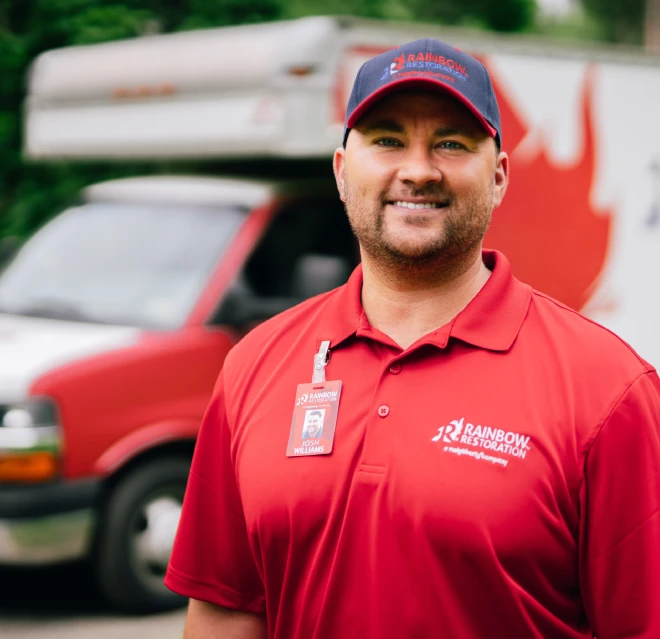
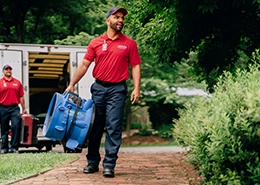

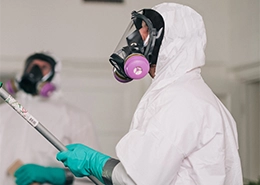

.webp)
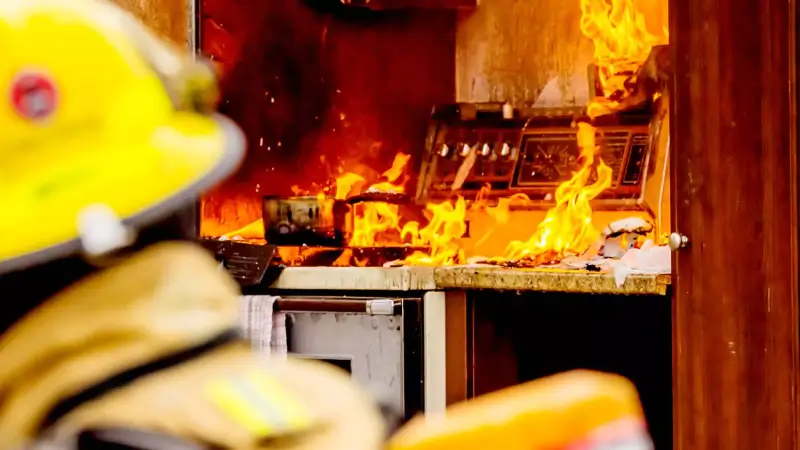
.webp)
